Posted on 12/3/2024

Keeping your tires properly inflated is crucial for your safety and your car’s performance. If your tire pressure drops, you might be asking, “What should I do now?” This guide answers your questions and gives clear, actionable steps to handle low tire pressure quickly and safely. Common Reasons Why Tire Pressure Drops If you’re wondering, “Why does my tire pressure keep dropping?” here are the most common causes: Cold Weather: Air contracts in cooler temperatures, reducing pressure. Small Punctures: Objects like nails or screws can create slow leaks. Wear and Tear: Over time, tires naturally lose air. Damaged Valve Stems: A faulty valve can lead to air leaks. Knowing the cause helps you decide whether to refill or seek professional repair. ... read more
Posted on 10/15/2024

If you own an all-wheel-drive (AWD) vehicle, you’ve probably wondered, “Do I need the same tires on all four wheels?” The answer is "yes". AWD vehicles rely on all tires working together, and here’s why having matching tires is essential: 1. Equal Traction for Better AWD PerformanceAWD systems send power to all four wheels to improve traction and control. To work efficiently, all four tires must have the same tread depth, size, and type. Mismatched tires can cause the wheels to rotate at different speeds, which can confuse your AWD system. This can lead to uneven traction, making your vehicle work harder than it should. 2. Protects Your AWD Differential AWD vehicles use differentials to balance power between the f ... read more
Posted on 8/12/2024

When it comes to vehicle safety and convenience, tires play a crucial role. Traditional tires have been the standard for years, but they come with a significant drawback. If they get punctured, you're left with a flat tire, often at the most inconvenient times. This is where run-flat tires come into play. But what exactly are run-flat tires, and how do they differ from conventional ones? Let's dive into the details. What Are Run-Flat Tires? Run-flat tires are designed to keep your vehicle moving even after a puncture or loss of air pressure. Unlike regular tires, which would leave you stranded on the side of the road, run-flat tires allow you to continue driving for a limited distance at a reduced speed. This gives you the opportunity to reach a repair shop or a safe location without having to change the tire immediately. How Do Run-Flat Tires Wor ... read more
Posted on 6/17/2024

Have you ever heard your car squeaking or creaking as you drive down the road? Or maybe you’ve noticed that your car is pulling to one side, or the steering wheel isn’t quite centered. If so, you might have an issue with your ball joints. But what are ball joints? Let's discuss what ball joints are on a car and why they’re important to your vehicle’s performance and safety. Ball joints are part of your car’s suspension system, which is responsible for absorbing shock and providing a smooth ride. They’re found on the front suspension of all vehicles. They connect the steering knuckle to the control arm. Ball joints are basically a pivot point that allows the wheels to turn and move up and down as you drive over bumps and uneven surfaces. Ball joints are important because they allow your car to absorb shock and maintain proper wheel alignment. If the ball joints are worn or damaged, your car’s handling and ride qual ... read more
Posted on 11/20/2023
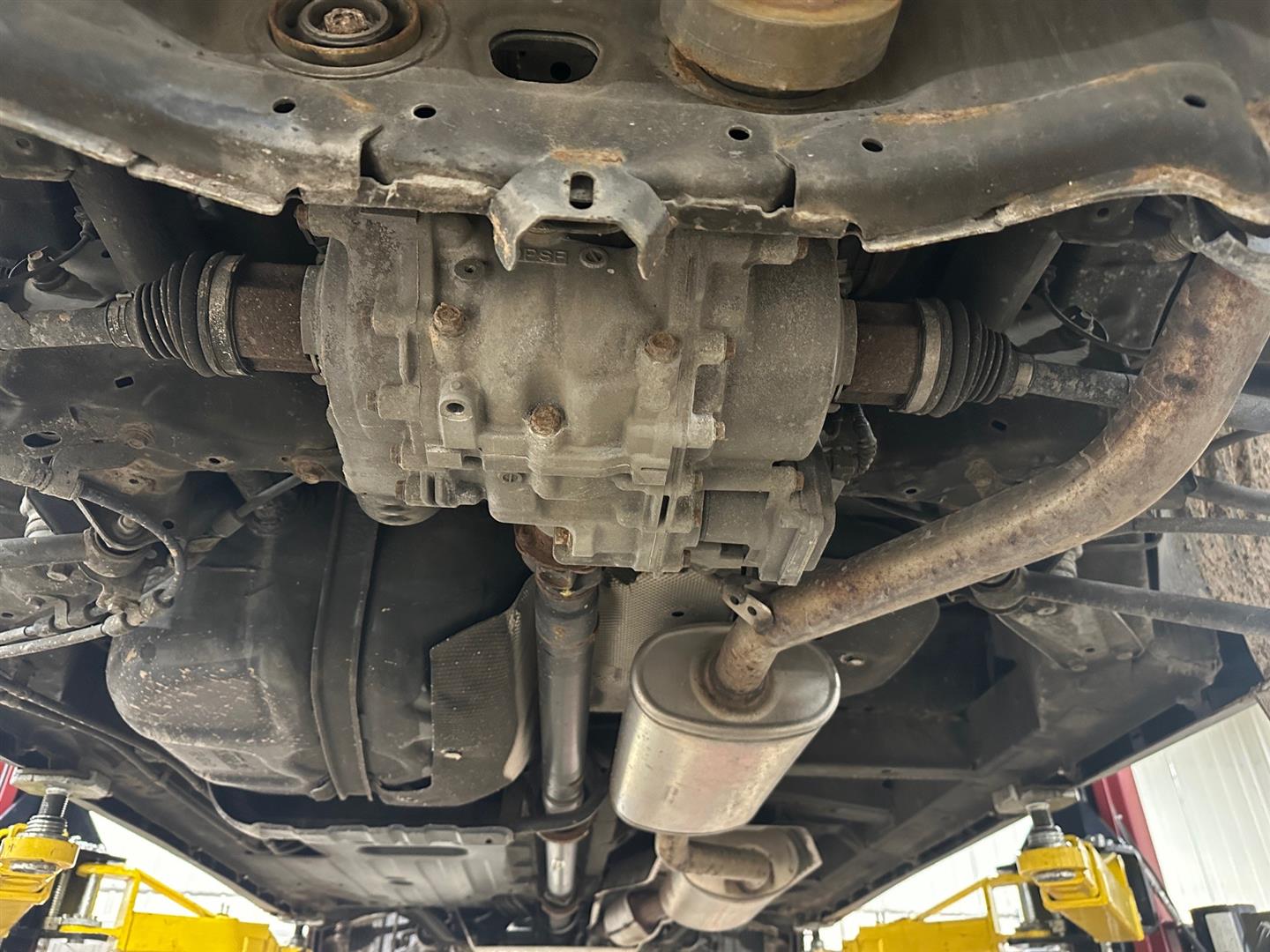
Have you ever wondered how your car is able to turn without slipping or skidding? Or how it is able to send power to two wheels, but not the other two? The answer is in a very important part of your car called the differential. Let's discuss what a differential is, how it works, and why it’s important for your car. What Is A Differential? The differential is a device that is found in vehicles with wheels that deliver power to the ground. It is located in the center of the rear axle. This enables the wheels to turn at different speeds while still maintaining equal torque. When you make a turn, the outside wheels need to turn faster than the inside wheels to cover more distance. And this is where the differential comes in. What Is In The Differential? The differential is made up of gears and bearings that allow each wheel to ... read more
Posted on 5/12/2023
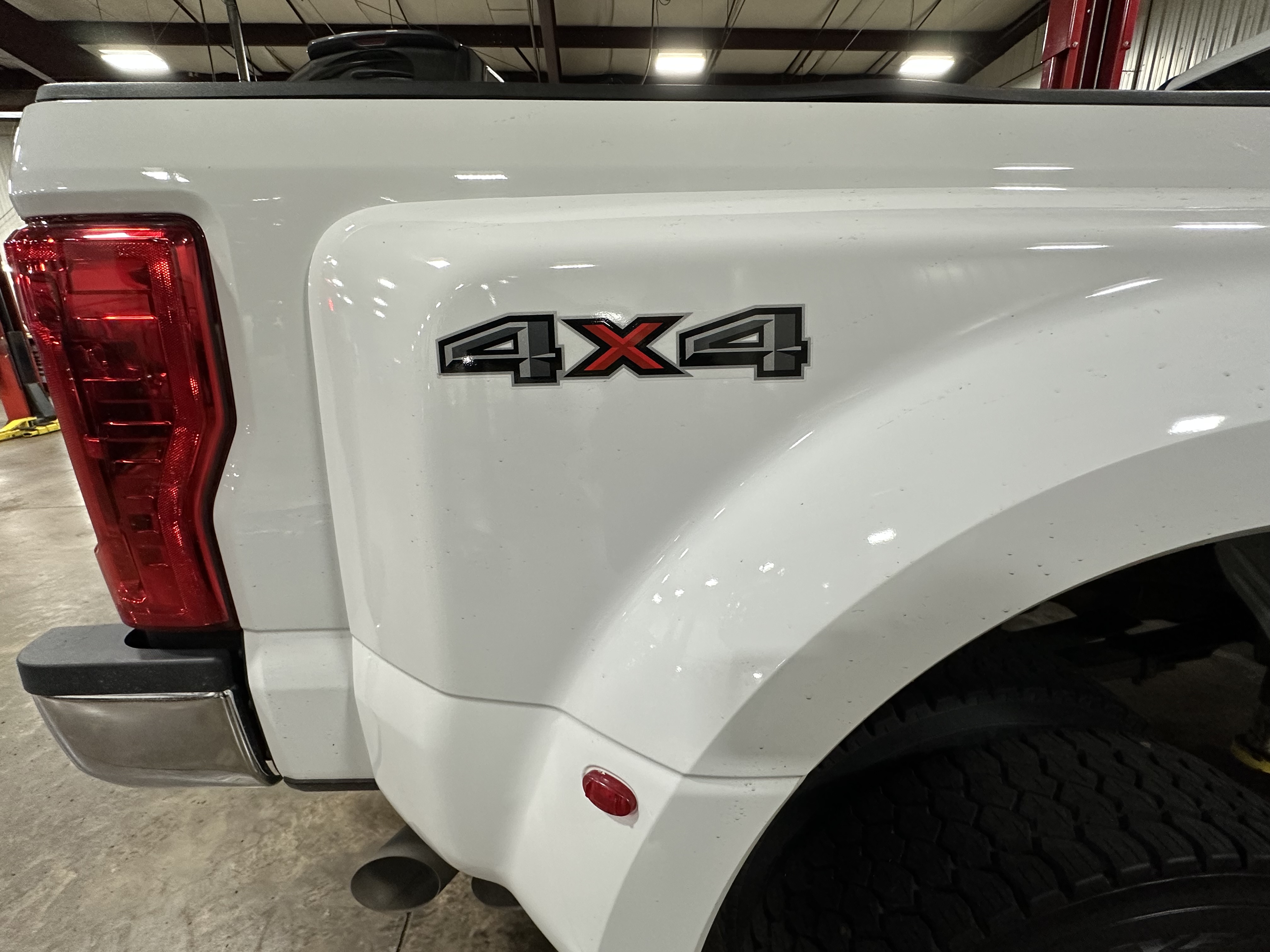
When it comes to choosing a vehicle, you may have come across the terms AWD and 4WD. These two terms may sound similar, but they refer to two different types of drive systems in a vehicle. Understanding the difference between AWD and 4WD is important. Especially if you are looking to buy a vehicle that can handle challenging terrain or weather conditions. Learn more about their key differences to see which one is right for your driving needs. AWD stands for all-wheel drive. This means that all four wheels receive power from the engine at the same time. This type of drivetrain is found in cars and SUVs. And it offers better traction control and handling in slippery conditions. AWD systems can distribute power between the front and rear axles depending on the driving conditions. This means that AWD vehicles can handle snowy or wet roads better than 2WD vehicles. AWD is also useful for drivers who encounter varying road conditions. And drive on city streets ... read more
Posted on 5/5/2023
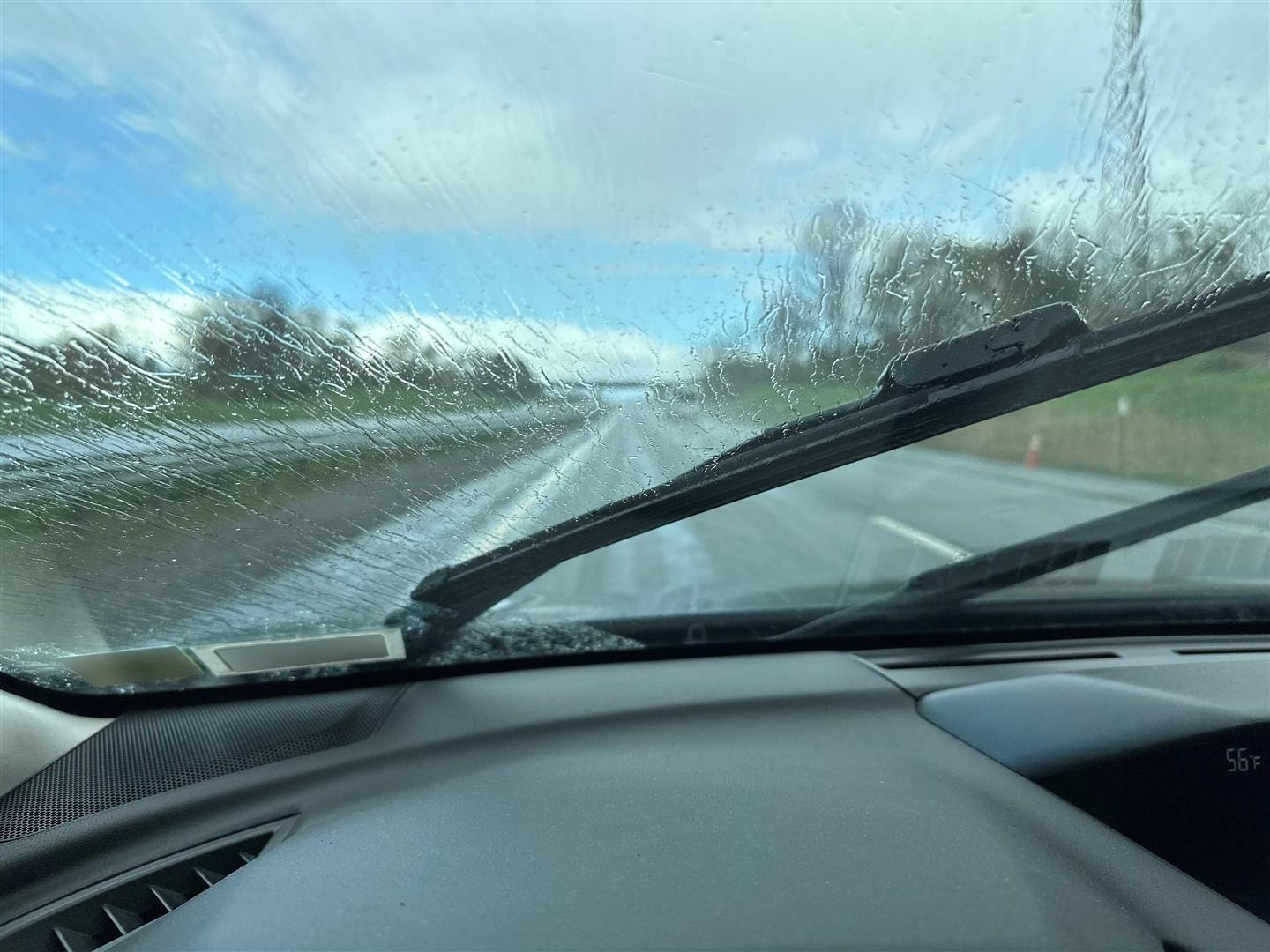
Driving in rainy conditions can be a challenge, especially when you're faced with hydroplaning. Hydroplaning happens when your car's tires are unable to grip the wet roadway. And causes it to slip and slide around. This can be a dangerous situation, especially at high speeds. So, what can you do to stop your car from hydroplaning? Here are some helpful tips to keep you safe while driving in the rain. Slow down: The first and most important thing you can do to prevent hydroplaning is to slow down. The faster you're driving, the more likely it is for your tires to lose traction. If you notice rain or standing water on the roadway, immediately reduce your speed. This will give your tires more time to grip the road and prevent hydroplaning. Check your tires: Your tires are the only part of your car that comes into contact with the road. That's why it's importan ... read more
Posted on 4/28/2023
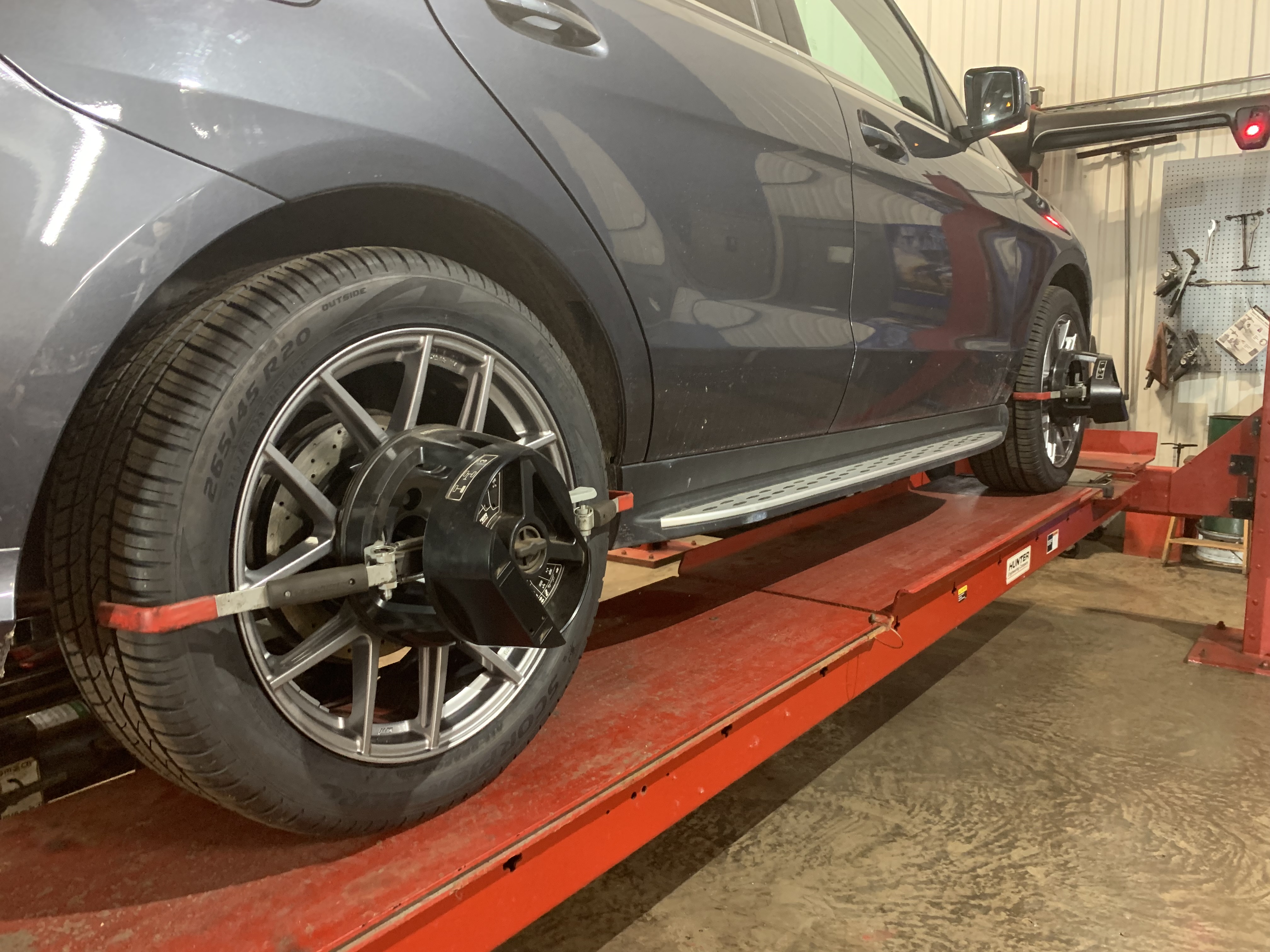
Have you ever experienced your car pulling to one side while driving? This can be a frustrating and even dangerous problem. Pulling can cause premature wear and tear on your tires. This can lead to reduced fuel economy and compromising your driving experience. To ensure a safe and comfortable drive, it is important to understand why your car is pulling to one side. Learn more about the reasons behind this problem and what you can do to to fix them. Wheel Alignment Issues One of the most common reasons for your car pulling to one side is related to wheel alignment issues. Your car's wheel alignment can be thrown off by several factors such as hitting a curb, potholes, or worn out steering components. When this happens, the alignment of the wheels can become misaligned. This can lead to uneven wear on the tires and pulling to one side. A simple alignment service can help get you back on track in no time. Uneven Tire Wear Your tires play a critical role ... read more
Posted on 4/21/2023
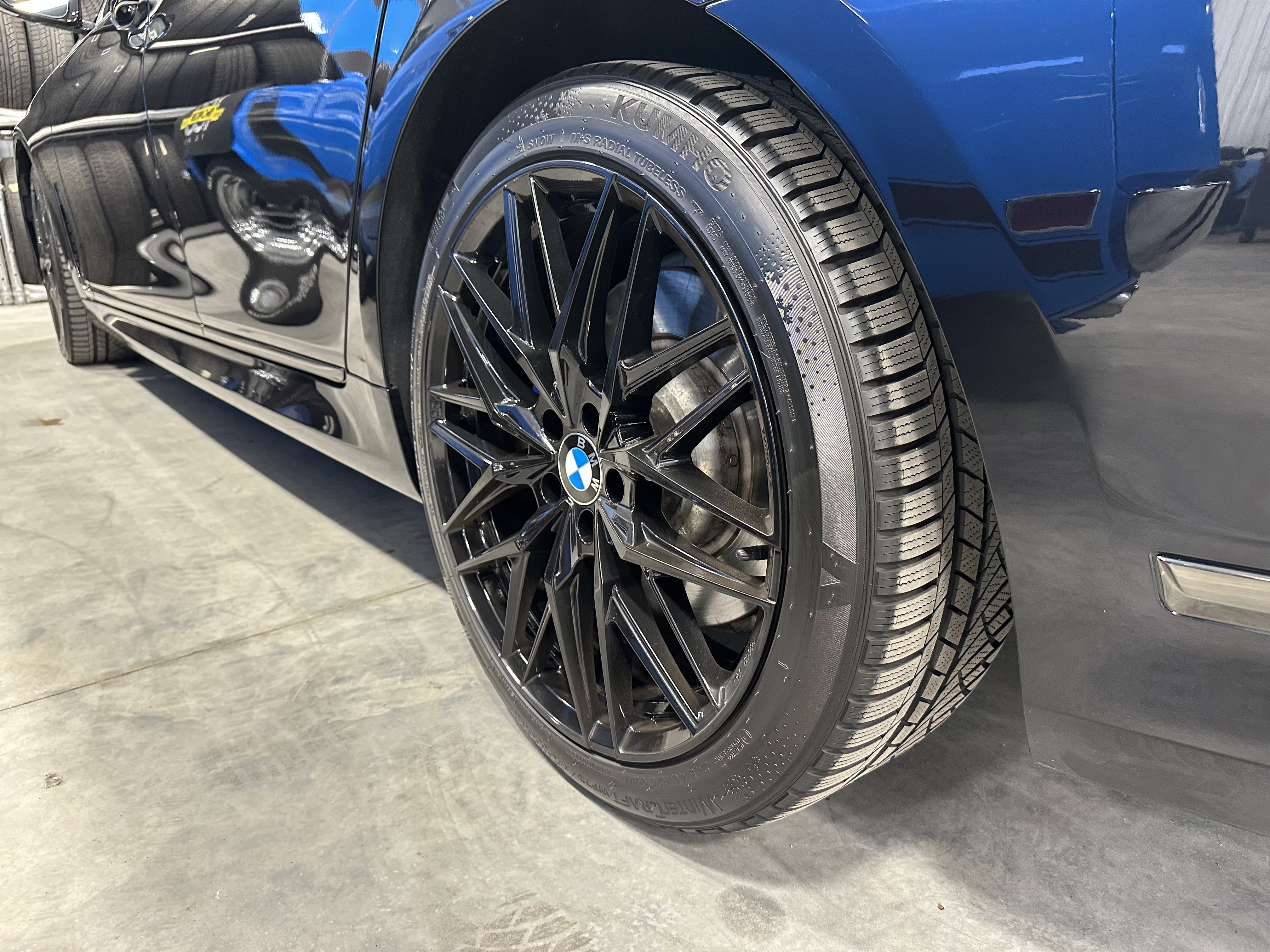
Low-profile tires are becoming popular among drivers who want to improve the performance and look of their vehicles. But what exactly are low-profile tires, and why are they so beneficial? Let's take a closer look at what these tires have to offer. What Are Low Profile Tires? Low-profile tires are sometimes referred to as "low-pro" or "high-performance" tires. They have a short sidewall height compared to other standard tire sizes. This means that the distance between the wheel rim and the tread is shorter than it is on regular tires. This gives the tire a lower profile—hence the name—and makes it appear larger in diameter than it actually is. What Are The Benefits Of Low Profile Tires? The benefits of having low-profile tires can range from improved performance to better road handling. A ... read more
Posted on 2/28/2023
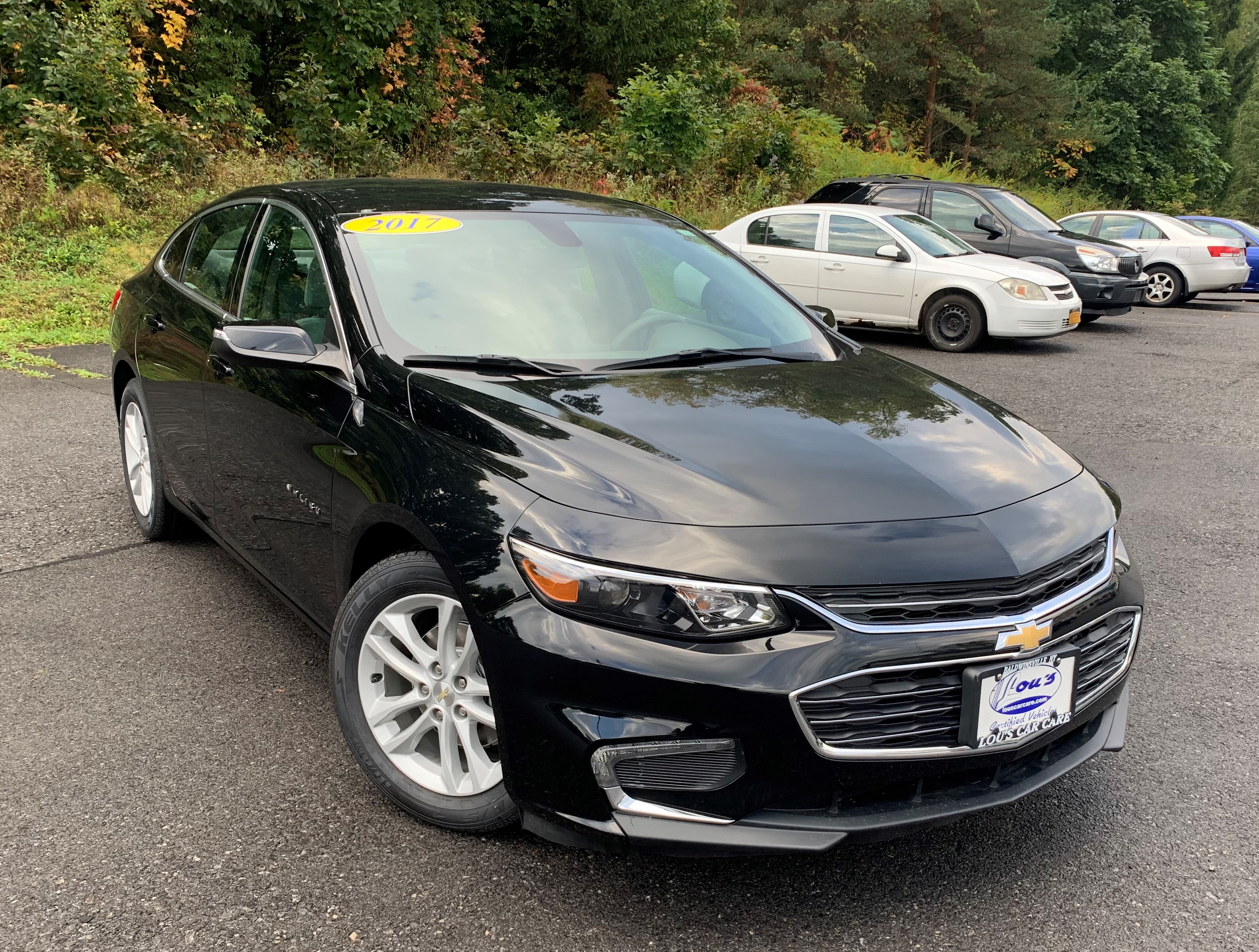
Making the decision to repair or replace your car can be tough. On the one hand, you don’t want to sink too much money into an old car – but on the other, you don’t want to spend more than you have to. Before making any decisions, weighing each option’s pros and cons is important. Let’s break it down for customers looking for guidance. Assessing Your Car’s Condition The first thing to do before deciding whether to fix or get rid of your car is to assess its condition. If your car is newer and still under warranty, many repairs may be covered by the manufacturer. And that makes it easier to decide whether to keep it or not. If it’s an older model, other things need to be taken into account. Consider how much money you have already invested in repairs versus how much longer you think the car will last if fixed again. Inv ... read more